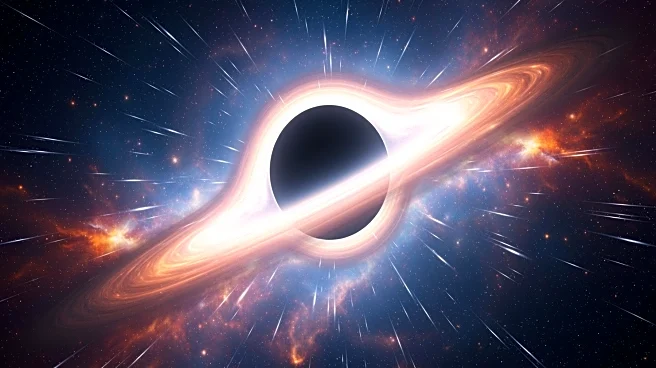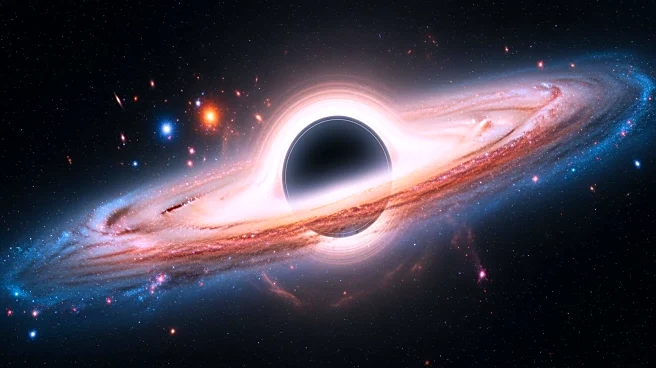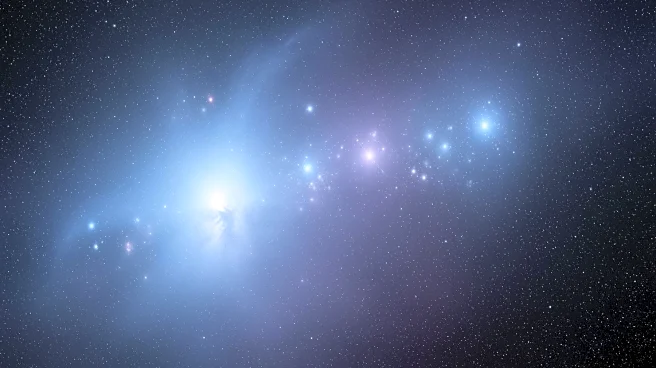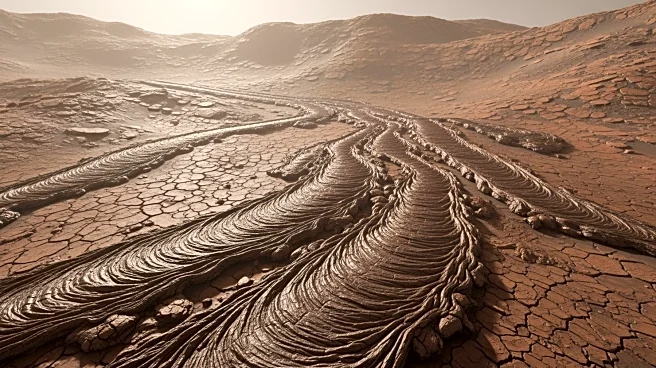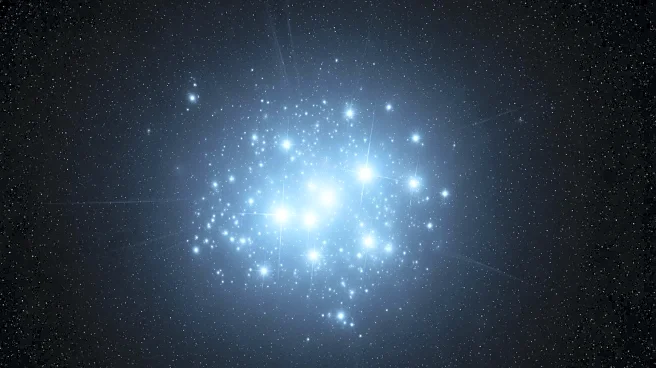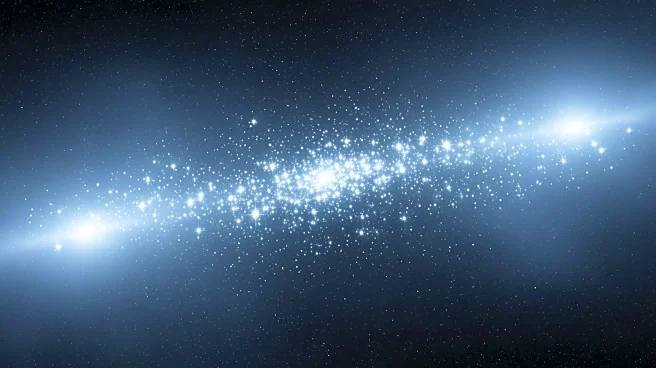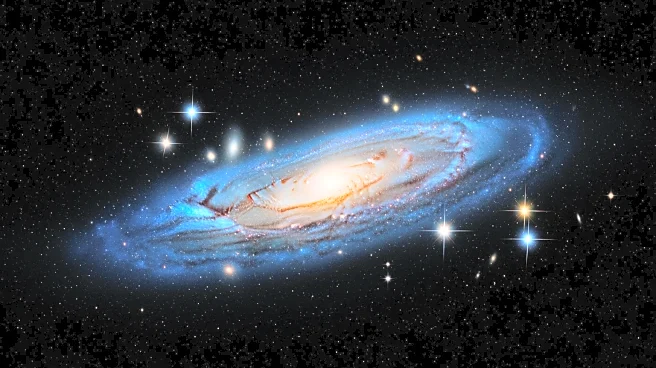What's Happening?
Astronomers at the University of North Carolina at Chapel Hill have discovered that the Pleiades star cluster, commonly known as the 'Seven Sisters,' is part of a much larger stellar community. Using data
from NASA's Transiting Exoplanet Survey Satellite (TESS) and the European Space Agency's Gaia space telescope, the researchers identified thousands of additional stars related to the Pleiades, forming what they call the Greater Pleiades Complex. This discovery reveals that the Pleiades is approximately 20 times larger than previously thought. The team used stellar rotation as a 'cosmic clock' to locate these stars, which are spread far beyond the central cluster.
Why It's Important?
This discovery significantly alters the understanding of the Pleiades, which has been a key reference point for studying young stars and exoplanets. The findings suggest that many star clusters may be part of larger stellar families, providing new insights into the formation and evolution of stars. The cultural significance of the Pleiades, which appears in various historical texts and symbols, adds to the importance of this discovery. The research offers a new method to map the hidden structures of the Milky Way, potentially aiding in the investigation of the Sun's origins and the formation of solar systems.
What's Next?
The study opens up new possibilities for exploring the hidden architecture of the Galaxy. By measuring stellar rotation, astronomers can identify scattered stellar groups, which may lead to further discoveries about the origins of stars and planets. This method could eventually help scientists understand the environment in which the Sun and other solar systems were born, providing a deeper understanding of cosmic evolution.
Beyond the Headlines
The discovery of the Greater Pleiades Complex challenges traditional views of star clusters and their formation. It highlights the dynamic nature of stellar associations and the potential for uncovering hidden relationships among stars. This research may lead to a reevaluation of how astronomers study and categorize star clusters, influencing future astronomical research and exploration.


